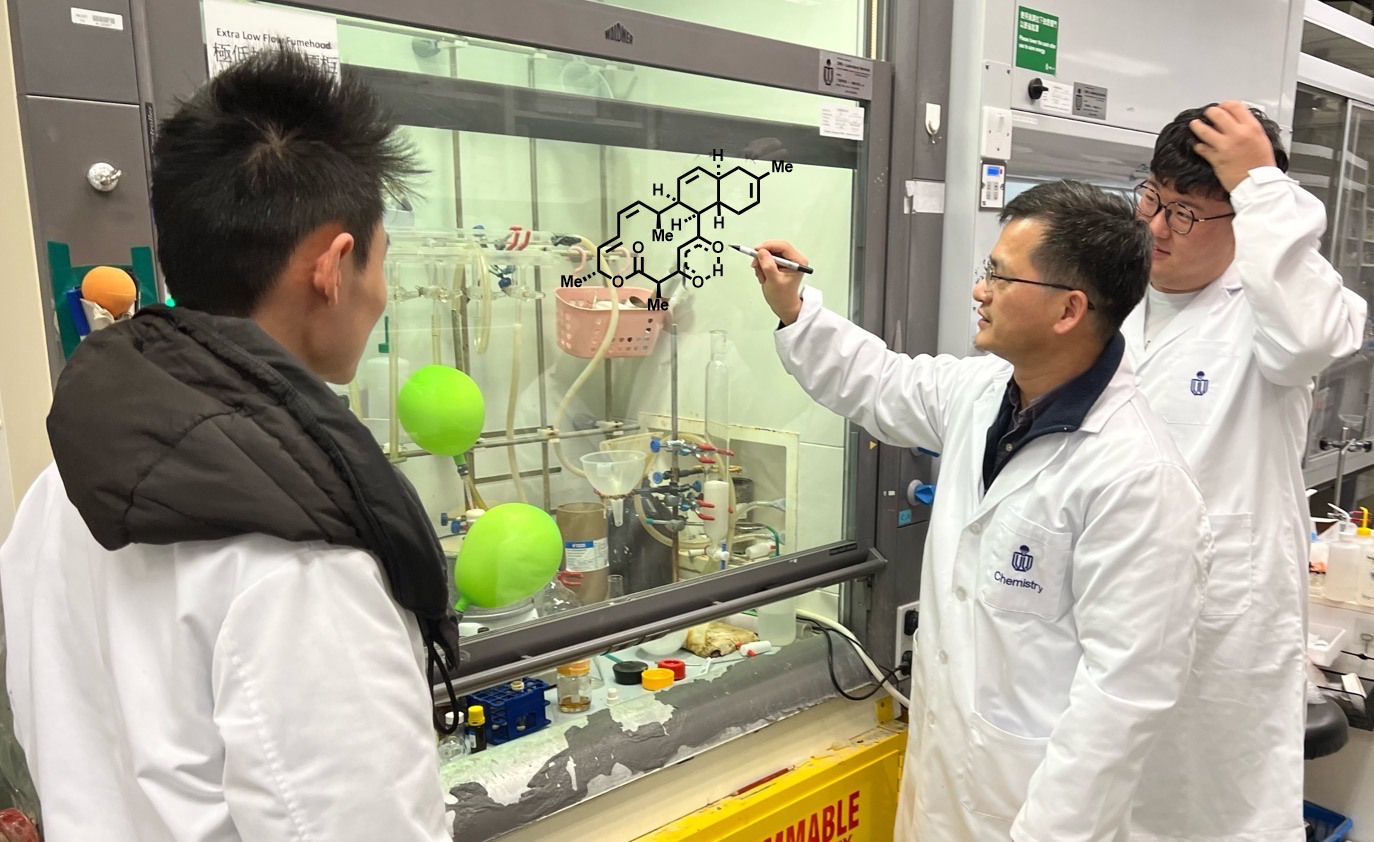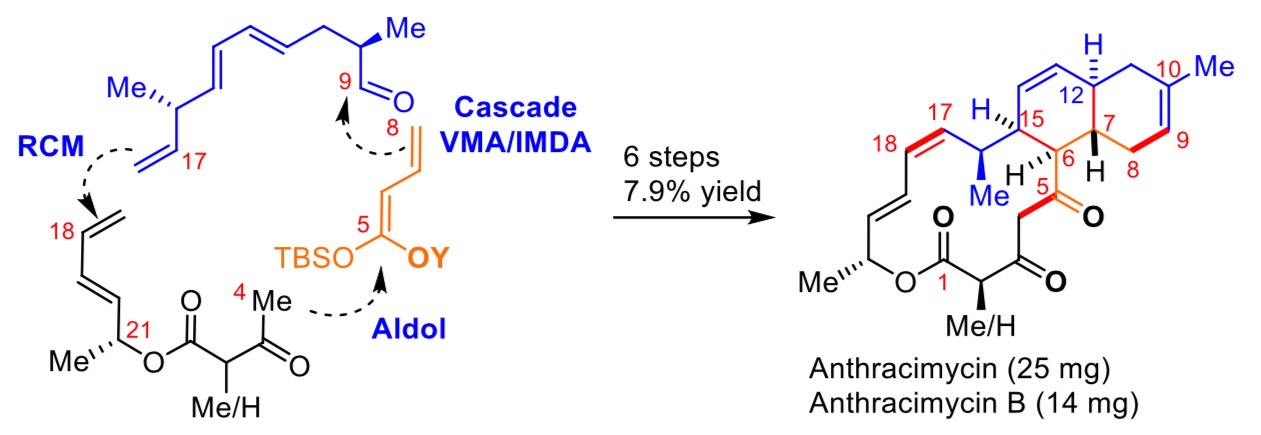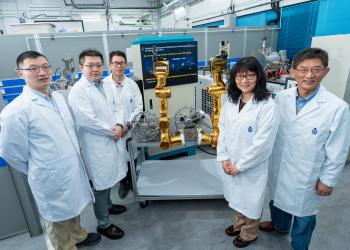HKUST Researchers Develop World’s Most Productive Chemical Synthesis of Anthracimycin
A research team from the Hong Kong University of Science and Technology (HKUST) has developed the world’s most productive chemical synthesis which could yield antibiotic anthracimycin and anthracimycin B that is 63 times more than current method. The breakthrough greatly advances the development of anthracimycin-based antibiotics to combat the deadly bacteria infections caused by antibiotic-resistant bacteria and even superbugs.
Since its discovery from an ocean microbe a decade ago, anthracimycin has drawn the world scientists’ attention with its potential to combat against Gram-positive bacteria including the notorious methicillin-resistant Staphylococcus aureus (MRSA) and the bacterium Bacillus anthracis. Among the pathogens, MRSA is known for causing staph infections that are difficult to treat because of the bacteria’s resistance to some commonly used antibiotics such as penicillin. While scientists have been making efforts to develop anthracimycin into a new clinical antibiotic in addressing the mounting threat of antibiotic resistance and treatment failure, the progress is hindered due to anthracimycin’s lack of availability.
Now, a team led by Prof. TONG Rongbiao, Associate Professor of the Department of Chemistry at HKUST and Prof. QIAN Peiyuan, Chair Professor of Department of Ocean Science at HKUST, has designed a productive chemical synthesis strategy which could greatly boost the yield of anthracimycin. Consisting of just ten steps, the world’s shortest synthesis route not only produces 63 times more anthracimycin than current method, but also brings down the cost with a lower use of reagent and solvent during the chemical process.
Meanwhile, the team has also verified for the first time that anthracimycin could inhibit the formation of MRSA biofilms. Compared to vancomycin, which was regarded as the last-line defense against serious infections caused by Gram-positive bacteria, lower concentration of anthracimycin is needed for killing or inhibiting bacterial growth.
Prof. Tong said, “Our novel chemical synthesis overcomes the fundamental bottleneck of limited availability of anthracimycin and enables the scientists to further study its antibiotic activity, laying the groundwork for the clinical drug development. Currently, we are collaborating with a biological laboratory to synthesize a set of anthracimycin antibiotics in the hope of identifying the combination with better antibacterial activity for possible further clinical trials.”
The findings were recently published in Chemical Science.











